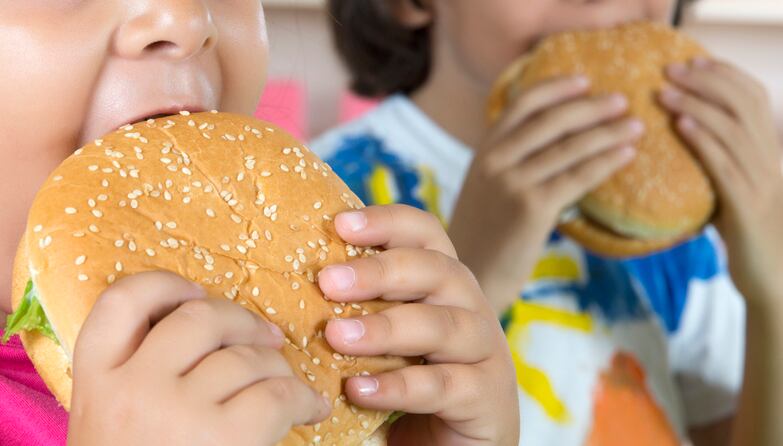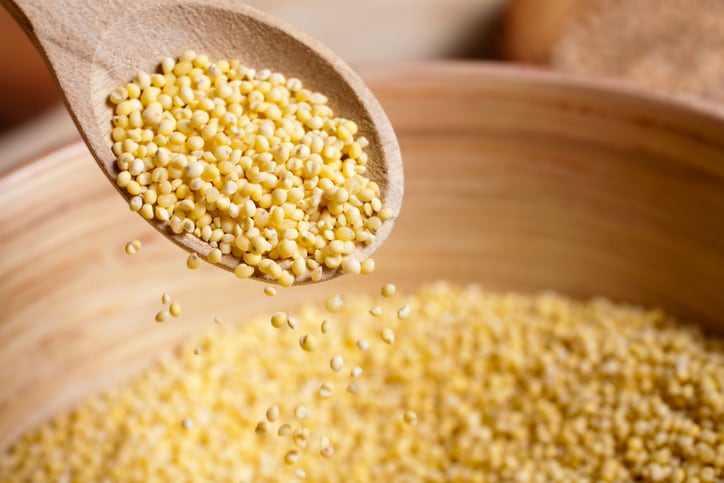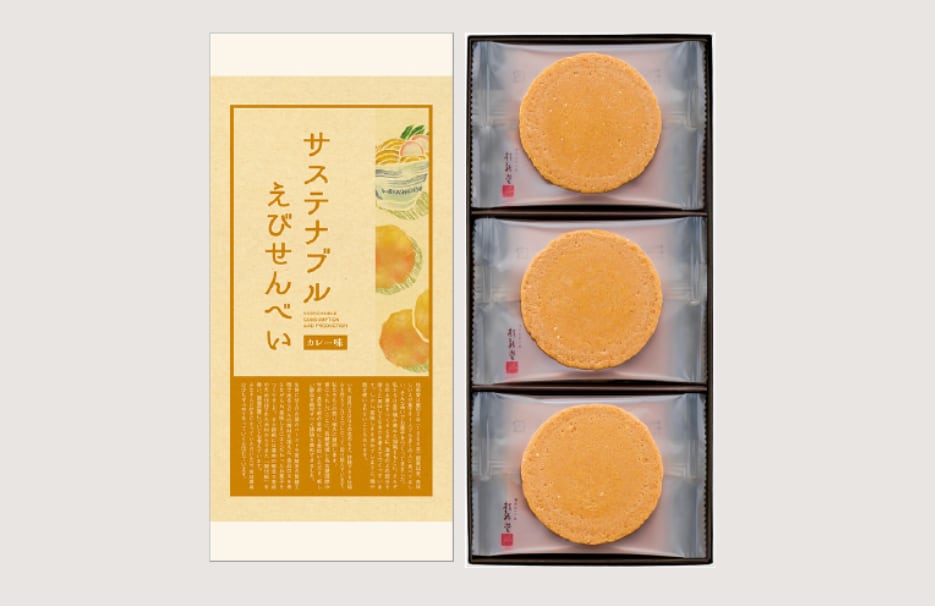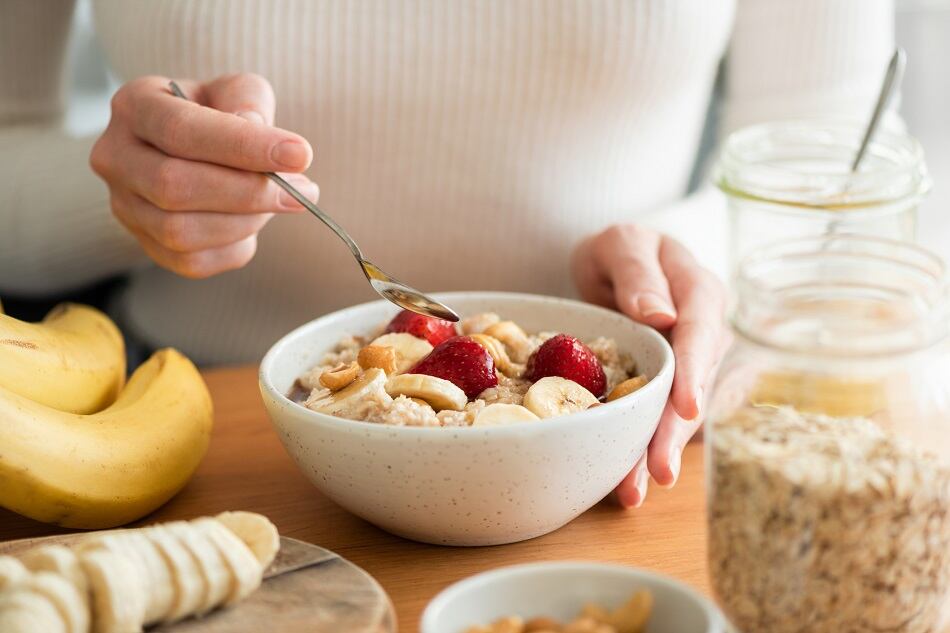According to a study on 64 primary school canteens in the Tehran province, about 54% of foods were considered unpermitted foods based on the national Healthy School Canteen (HSC) policy.
Cakes, sweet biscuits and pastries were the largest food category sold in school canteens.
Based on the HSC guideline, all schools in Iran are required to comply by banning the sales of chips, cookies, crackers, ice cream, fried foods, sugary drinks, hamburgers, pizza, and confectionery in school canteens.
If based on the stricter regional guideline of the World Health Organization nutrient profile model for the Eastern Mediterranean Region (WHO-EMR), the figure of unpermitted foods sold in school canteens was around 85%.
This suggest that despite the guidelines, school canteens still supply and sell unauthorised foods, and that policies are loosely implemented.
Schools are considered an important setting to promote healthy behaviours among school age children, and help lower the risk of non-communicable diseases in the future.
In Iran, the prevalence of overweight and obesity in children below 18 years old is estimated at 5.5% and 15.1% respectively.
Researchers from various institutions in Iran wrote in BMC Public Health: “To the best of our knowledge, the present study is the first analysis on school food policy in Iran. The strengths of this study lie in its stringent methodology, a combination of quantitative and qualitative data.”
Study method
Two approaches were applied in this study.
In the qualitative phase, interviews with key informants such as those at Ministry of Health and Medical Education (MoHME), Ministry of Education (MoE), medical sciences universities, community health centres, health houses, school officials, canteens managers, food producers and food distributors for school canteens, as well as parents were conducted.
Documents on the various national and regional policies were also reviewed.
In the quantitative phase, food sold in 64 primary school canteens were recorded, including packaged foods. For foods produced in the canteen, researchers interviewed food preparation staff to record recipe and nutrient content.
Food items in the school canteens were classified as ‘permitted’ or ‘not permitted’ based on the WHO-EMR model and HSC guideline of Iran.
Canteen food
Findings revealed that four years after implementation of the HSC policy in Iran, more than 54% and 85% of foods in school canteens of Tehran did not comply with the list of permitted foods of the national and regional guidelines respectively.
The category of cakes, sweet biscuits and pastries (41%) had the largest share in school canteens, followed by convenience foods (13%), savoury snacks (12%), beverages (12%), confectionery and desserts (8%). There were very little presence of fruits, vegetables, legumes, cereals and yoghurt.
Although all types of food items in the cakes, sweet biscuits and pastries group are prohibited in the WHO-EMR model, but most of them were allowed in the current HSC guideline.
This indicated a higher rigidity of the WHO-EMR model compared to the HSC guideline.
Reasons for not following the law
Based on the interview results, school canteen managers were mostly janitors and are often reluctant to implement the law due to the high profitability of selling unhealthy food. In addition, the findings also showed that some school principals collaborate in making money through selling more of unhealthy products.
In Iran, the limited financial and human resources such as the lack of health coaches in some schools, high workload of school principals and poor monitoring systems contribute to incomplete implementation.
Also, low diversity and high price of healthy foods and children’s preferences towards sweet, fatty and salty foods are factors that limit the full implementation.
From analysing the HSC policy documents, researchers also found there were no clear, definite and scientific criterion for distinguishing between permitted and not permitted food items.
The regulation divides food items into two groups based on their safety and health characteristics and defines healthy foods as: “Healthy or safe food are those prepared from healthy and safe raw materials, and are free from contamination and harmful ingredients.”
“This definition does not provide a threshold or cut off for the mentioned indicators. Therefore, it makes objective judgment about the food items impossible,” they said.
Under the HSC policy, there was also a greater focus on hygienic conditions and food safety, rather than the nutritional value of foods.
Policy recommendations
The current findings indicate that the HSC policy has not been fully implemented in primary schools in Iran.
It provides information for policy makers, school officials, and public health practitioners interested in supporting the health and nutrition of children.
“Involving the academic sectors to create evidence and suggest the best policy options can be very helpful. It is also necessary to consider strategies for regular, systematic monitoring, continuous policy evaluation, documenting evidence, and accessible reporting,” researchers said.
Source: BMC Public Health
https://doi.org/10.1186/s12889-021-11587-x
“Scrutinize of healthy school canteen policy in Iran’s primary schools: a mixed method study”
Authors: Mina Babashahi, et al.




